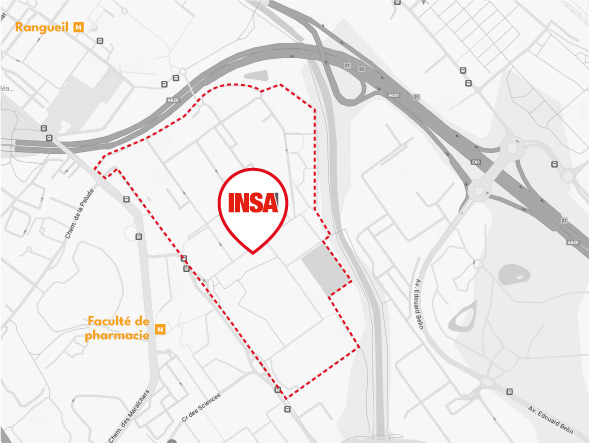From the complete Navier Stokes model, we develop the usual restricted models of incompressible flows such as: Stokes (creeping flow), Euler (inertial flow without viscosity), Prandtl (laminar boundary layer) and Reynolds (turbulent flow). We describe and apply the following usual basics of fluid mechanics: Euler’s theorem, Bernoulli’s theorem, perfect fluid, irrotational flow, fluid wall interaction (dynamic and thermal boundary layer), drag coefficient. Turbulence is studied through the notion of turbulent viscosity, the universal logarithmic law profile, the k-epsilon model and the different scales of turbulence.
Fluid mechanics
Description
Objectifs
To learn the basics of fluid mechanics modeling in order to understand the operation and to size the laboratory devices and the industrial installations involving flows.
1. To understand and apply global mass and momentum balances on a control domain
1. To understand the mechanical energy balance and apply Bernoulli's theorem
2. To master the concepts of dynamic and thermal boundary layers and use the associated transfer coefficients
3. To write a force balance on an inclusion by choosing the appropriate drag law
4. To write and to use the universal velocity profile in turbulent flow
5. To estimate the characteristic spatial and temporal scales of turbulence in reactors
Pré-requis
I2BEMT10 : Mathématiques I2BEBT10 : Bases de transfert
Évaluation
L’évaluation des acquis d’apprentissage est réalisée en continu tout le long du semestre. En fonction des enseignements, elle peut prendre différentes formes : examen écrit, oral, compte-rendu, rapport écrit, évaluation par les pairs…
En bref
Crédits ECTS :
Nombre d’heures :

INSA Toulouse
135 avenue de Rangueil
31077 Toulouse cedex 4
Tél : 05 61 55 95 13
Fax : 05 61 55 95 00

Dans un souci d'alléger le texte et sans aucune discrimination de genre, l'emploi du genre masculin est utilisé à titre épicène.











